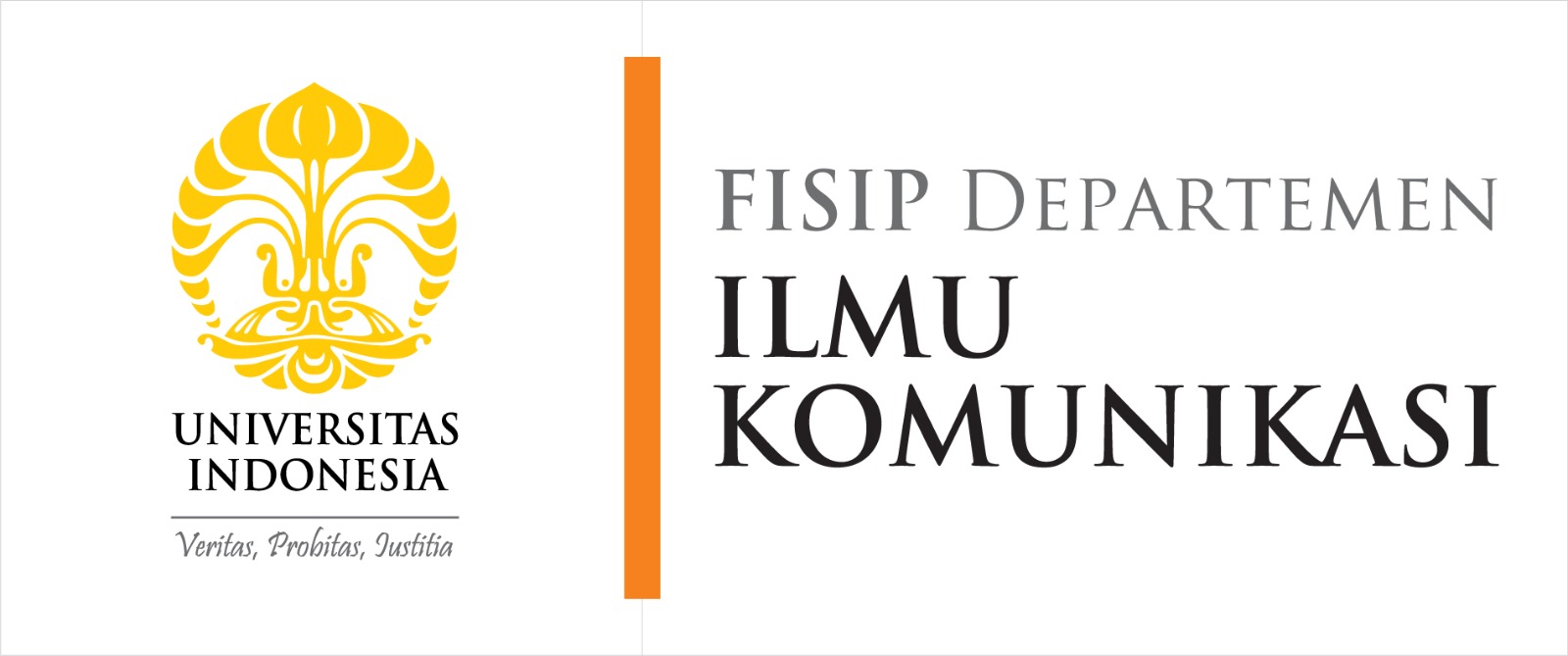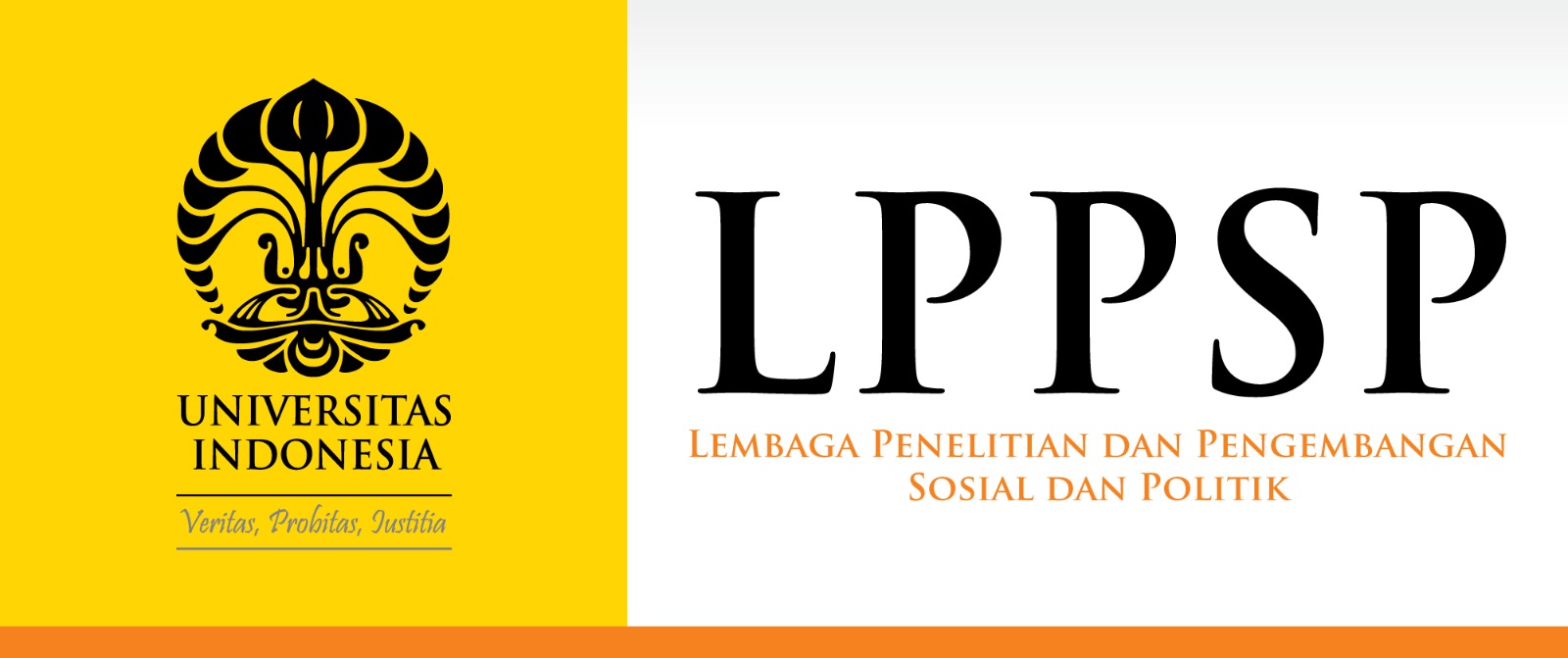JURNAL KOMUNIKASI INDONESIA
Abstract
Sektor pariwisata menjadi primadona pada beberapa tahun terakhir bagi sejumlah negara dengan ditandai dengan berbagai aktivitas destination branding yang mengutamakan tujuan wisata, kuliner ataupun penamaan brand yang unik. Penelitian ini menggunakan teori paradigma naratif sebagai pondasi utama untuk menganalisis bagaimana pendekatan storytelling digunakan pada video The Journey to A Wonderful World sebagai upaya pembentukan identitas destination branding. Temuan penelitian ini terlihat bahwa pendekatan storytelling dalam destination branding membantu suatu negara membentuk identitas destinasi wisata. Akan tetapi, masih dibutuhkan upaya jangka panjang dan konsistensi pesan yang serta keselarasan dengan realitas yang ada saat melakukan kampanye untuk destinasi pariwisata sehingga dapat diterima oleh target khalayak yang dituju.
References
Aaker, D.,A. (1991). Managing Brand Equity: Capitalizing on the Value of A Brand Name. New York: The Free Press
_________. (2011). Brand Relevance, Making Competitor Irrelevant. San Francisco: John Willey & Sons Ltd.
_________. (2014). Aaker On Branding. PT Gramedia Pustaka Utama, Jakarta.
Anholt, S. (2003). Brand New Justice. The Upside Of Global Branding. London: Butterworth- Heinemann.
________. (2007). Competitive Identity: The New Brand Management For Nations, Cities and Regions. New York: Palgrave Macmillan.
________. (2010). Places: Identity, Image and Reputation. London: Palgrave Macmillan.
________. (2011) Beyond the Nation Brand:The Role of Image and Identity in International Relations. Exchange: The Journal of Public Diplomacy, 2(1), 6-12.
_______. (2002). Foreword. Journal of Brand Management, 9(4-5), 229-239.
Baker, B. & Boyle, C. (2009). The Timeless Power of Storytelling. Journal of Sponsorship, 3(1), 79 – 87.
Berthon, P., Hulbert, J. & Pitt, L. (1999) To Serve or to Create? Strategic Orientations towards Customers and Innovation. California Management Review, 42(1), 37-58.
Blain, C., Levy, S.E., & Ritchie, J. R. B. (2005). Destination Branding: Insights and Practices from Destination Management Organizations. Journal of Travel Research, 43(4), 328-338.
Creswell, J.W. & Plano Clark, V.L. (2007). Designing and Conducting Mixed Methods Research. Thousand Oaks, CA: Sage Publication.
Dzenovska, D. (2005). Remaking the Nation of Latvia: Anthropological Perspectives on Nation Branding. Place Branding, 1(2), 173-186.
Eriyanto. (2013). Analisis Naratif: Dasar-dasar dan Penerapannya dalam Analisis Teks Berita Media. Jakarta: Kencana.
Escalas, J.E. (2004). Narrative Processing: Building Consumers Connections to Brands. Journal of Consumer Psychology, 14(1-2):168-180.
Fisher, W. (1987). Human Communication as Narration: Toward a Phylosophy of Reason, Value and Action. Columbia: University of South Carolina Press.
Florek, ,M. & Conejo, F.. (2006). Export Flagships in Branding Small Developing Countries: The Cases of Costa Rica and Moldova. Place Branding and Public Diplomacy, 3 (1), 53-72.
Fog, K., Budtz, C., Munch, P., & Blanchette, S. (2010). Storytelling: Branding in Practice. Second Edition. Denmark: Samfundsliterattur, Frederiksberg.
Goeldner, C.R., Ritchie, J.R.B., & MacIntosh, R.W. (2000). Tourism: Principles, Practices, Philosophies. Eight Edition. New York: John Wiley & Sons, Inc.
Hall, D., (1999). Destination Branding, Niche Marketing and National Image Projection in Central and Eastern Europe. Journal of Vacation Marketing, 5 (3), 227-237.
Hasan, A. (2014). Consumer Brand Preference for Consumer Durable Goods With Reference to Lucknow District. International Journal of Economics & Management Sciences, 4.
Hudson, S. & Ritchie, R.B. (2009). Branding a Memorable Destination Experience. The Case of Brand Canada. International Journal of Tourism Research, 11 (2), 217 - 228.
Iliachenko, E. (2005). Exploring Culture, History and Nature as Tourist Destination Branding Cnstructs: The Case of a Peripheral Region in Sweden. Paper pada the 14th Nordic Tourism and Hospitality Research Conference, Akureyri, Iceland.
Kementerian Pariwisata. (2013). Pedoman Aplikasi Brand & Design. Jakarta: Kementerian Pariwisata.
Kaplanidou, K. V. C. (2003). Destination Branding: Concept and Measurement. Working Paper Michigan State University – Michigan State University, Department of Park, Recreation and Tourism Resources.
Kaufman, B. (2003). Stories that SELL, Stories that TELL. Journal of Business Strategy, 24 (2), 11-15.
Kirk, J. & Miller, M. L., (1986). Reliability and Validity in Qualitative Research. Beverly Hills, CA: Sage Publications.
Knapp, D., & Sherwin, G. (2005). Destination Brand Science. Washington.: International Association of Convention and Visitor Bureaus.
Kotler, P. & Gertner, D. (2002). Country as Brand, Product, and Beyond: A Place Marketing and Brand Management Perspective. Journal of Brand Management, 9 (4/5), 249- 261.
Lakip Kemenpar. (2015). Laporan Akuntabilitas Kinerja Deputi Bidang Pengembangan Destinasi dan Industri Pariwisata (LAKIP), tahun 2015
Lindsay, F. (2015). The Seven Pillars of Storytelling. Bristol, UK: Sparkol Books
Matthews, R. & Wacker, W. (2007). What's Your Story?: Storytelling to Move Markets, Audiences, People, and Brands. New Jersey: FT Press.
McKee, Robert. (2003). Storytelling That Moves People: A Conversation with Screenwriting Coach Robert McKee. Harvard Business Review, 81(6), 51-55.
Monaco, J. (2000). How to Read a Film: The World of Movies, Media, and Multimedia. Third Edition. New York, Oxford: Oxford University Press.
Morgan, N., Pritchard, A., & Pride, R. (2002). Destination Branding – Creating the Unique Destination Proposition. Oxford: Butterworth-Heinemann.
Ooi, C.S. (2004). Poetics and Politics of Destination Branding: Denmark. Scandinavian Journal of Hospitality and Tourism, 4(2), 107-128.
Patton, Michael Quinn. (2002). Qualitative Research & Evaluation Methods. Third Edition, London: Sage Publications.
Pike, S. (2004) Destination Brand Positioning Slogans: Towards the Development of a Set of Accountability Criteria. Acta Turistica, 16 (2), 102-124.
Ritchie, J.R. Brent., C, & Geoffrey, I. (2003). The Competitive Destination: A Sustainable Tourism Perspective. Oxon, UK: CABI Publishing.
Ritchie, J. R. B. & Ritchie, R.J.B. (1998). The Branding of Tourism Destinations: Past Achievements and Future Challenges. Proceedings of the 1998 Annual Congress of the International Association of Scientific Experts in Tourism, Destination Marketing: Scopes and Limitations.
Salzer-Morling, M. & Strannegard, L. (2004). Silence of the Brands. European Journal of Marketing, 38 (1/2), 224-238.
Schultz, D.E., Barnes, B.E., Schultz, H.F., & Azzaro, M. (2009). Building Customer Brand-Relationship. Armonk, NY: M. E. Sharpe.
Situmorang, G. (2008). Analisis Data Penelitian. Medan: USU Press.
Soroka, E., & Lominadze, T. (2011). Branding Destination through Iconic Product. Master Thesis. Lunds Univerzitet.
Srikatanyoo, N. & Gnoth, J. (2002). Country Image and International Tertiary Education. Journal of Brand Management. UK: Palgrave Macmillan
Sun, Q. (2009). An Analytical Model of The Determinants and Outcomes of Nation Branding. Disertasi doktoral pada University of North Texas.
United Nations World Tourism Organization (UNWTO) and European Travel Commision (ETC). (2009). Handbook on Tourism Destination Branding. Brussels: ETC & UNWTO.
Vuorenmaa, A. (2015). Destination Branding By Means of Tourist-Created Content. Hanken School of Economics: Vasa
West, R. & Turner, L.H. (2009). Teori Komunikasi. Jakarta: Salemba Humanika.
Yananda, M. R. (2014). Branding Tempat: Membangun Kota, Kabupaten dan Provinsi Berbasis Identitas. Jakarta: Makna Informasi.
Yavuz, M. C., Sumbul, M., Ergec, N. E., & Derdiyok, I. C. (2016). Storytelling in Destination Brand Communication: A Qualitative Analysis. International Interdisciplinary Business-Economics Advancement Journal, 1(2), 63-72.
Recommended Citation
Trisakti, Febby Amelia and Alifahmi, Hifni
(2018)
"Destination Brand Storytelling: Analisis Naratif Video The Journey to A Wonderful World Kementerian Pariwisata,"
JURNAL KOMUNIKASI INDONESIA: Vol. 7:
No.
1, Article 6.
DOI: 10.7454/jki.v7i1.9692
Available at:
https://scholarhub.ui.ac.id/jkmi/vol7/iss1/6
Included in
Gender, Race, Sexuality, and Ethnicity in Communication Commons, International and Intercultural Communication Commons, Social Influence and Political Communication Commons




